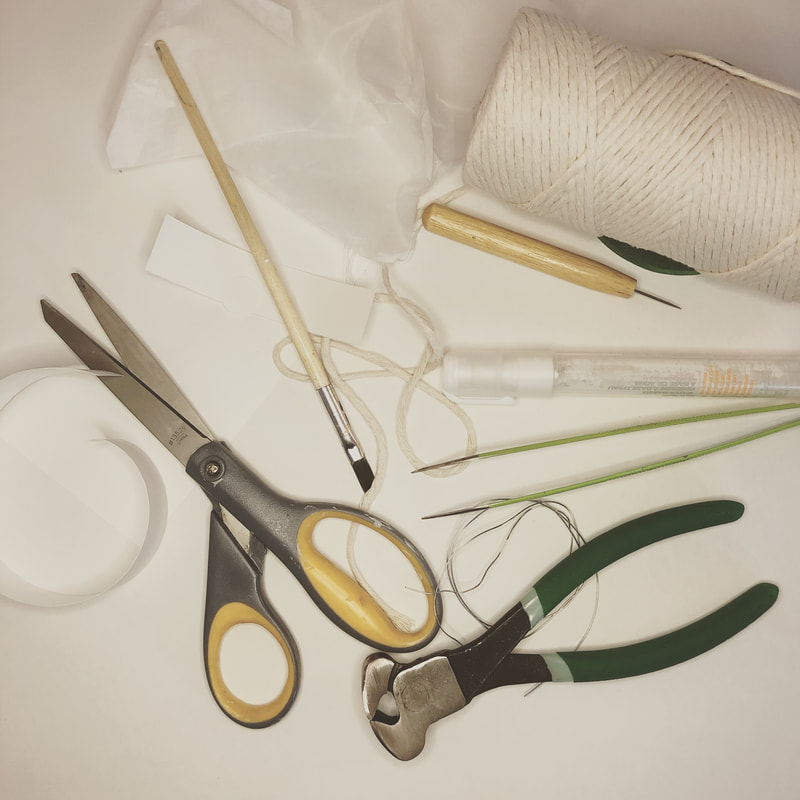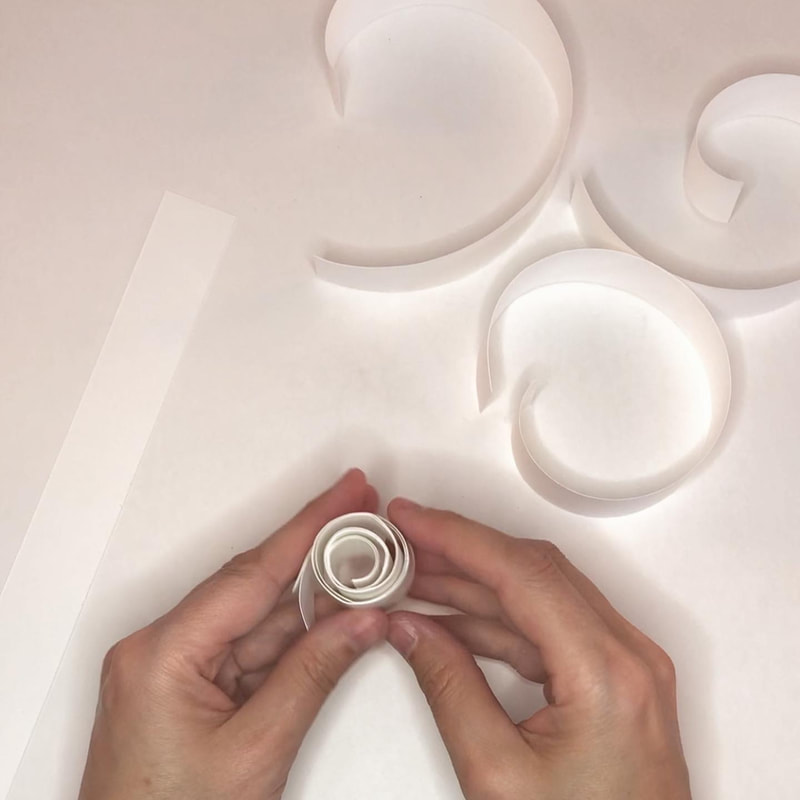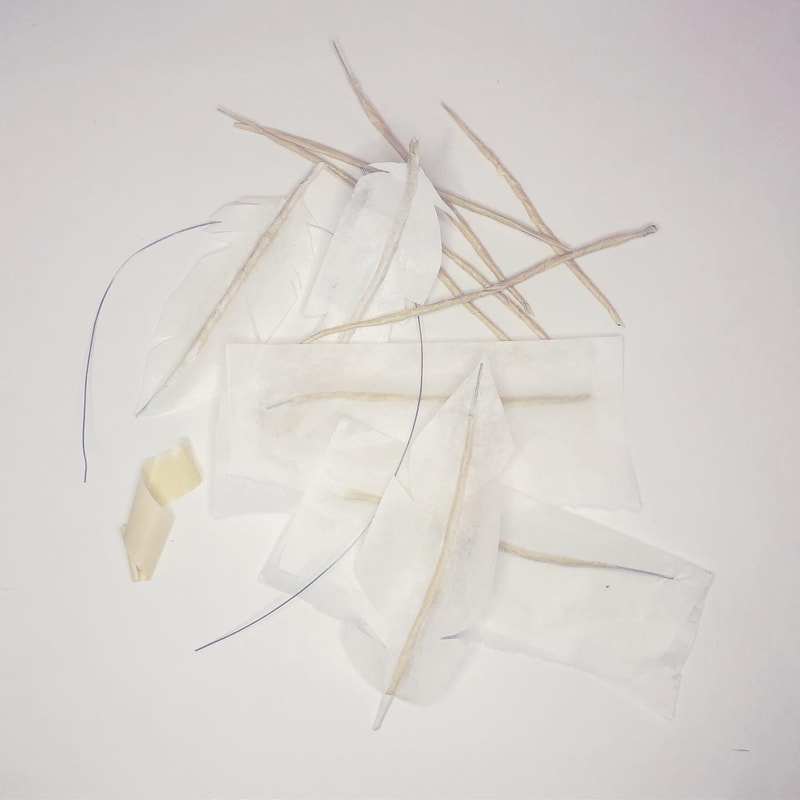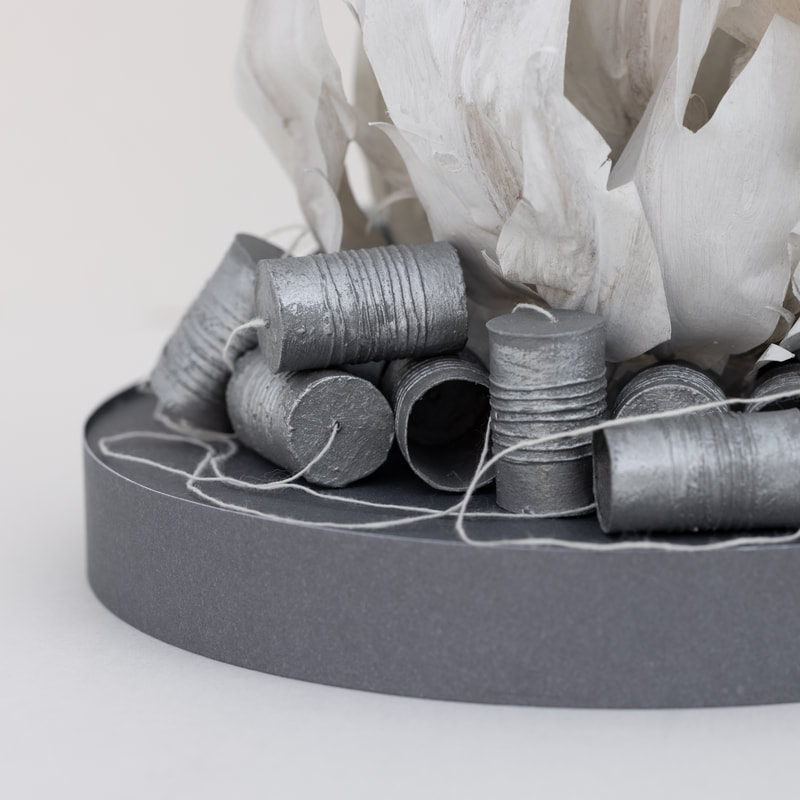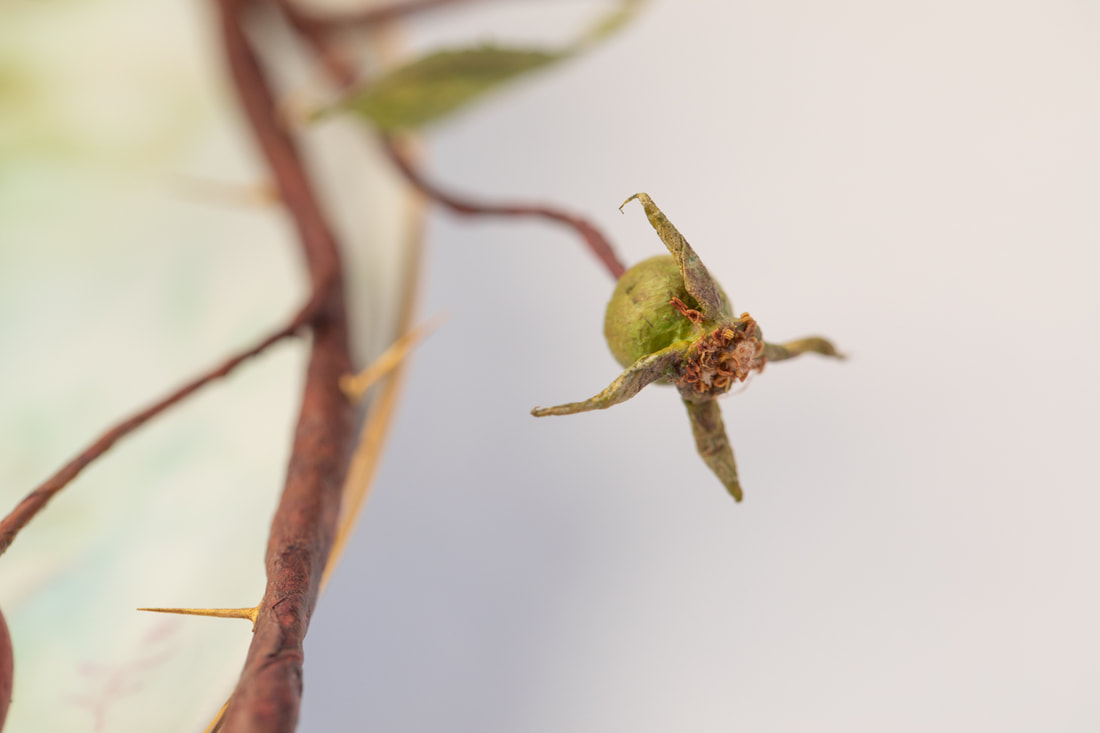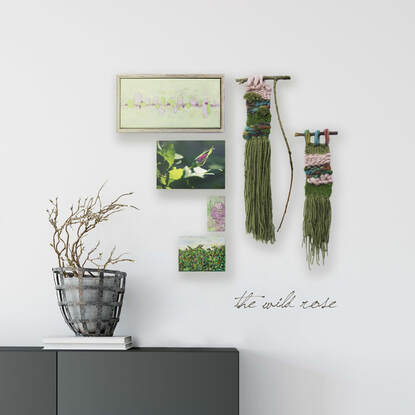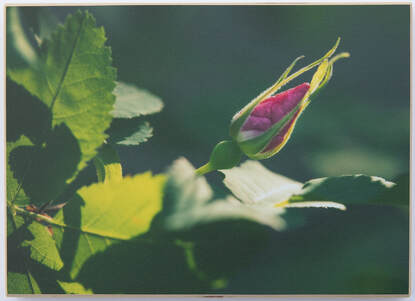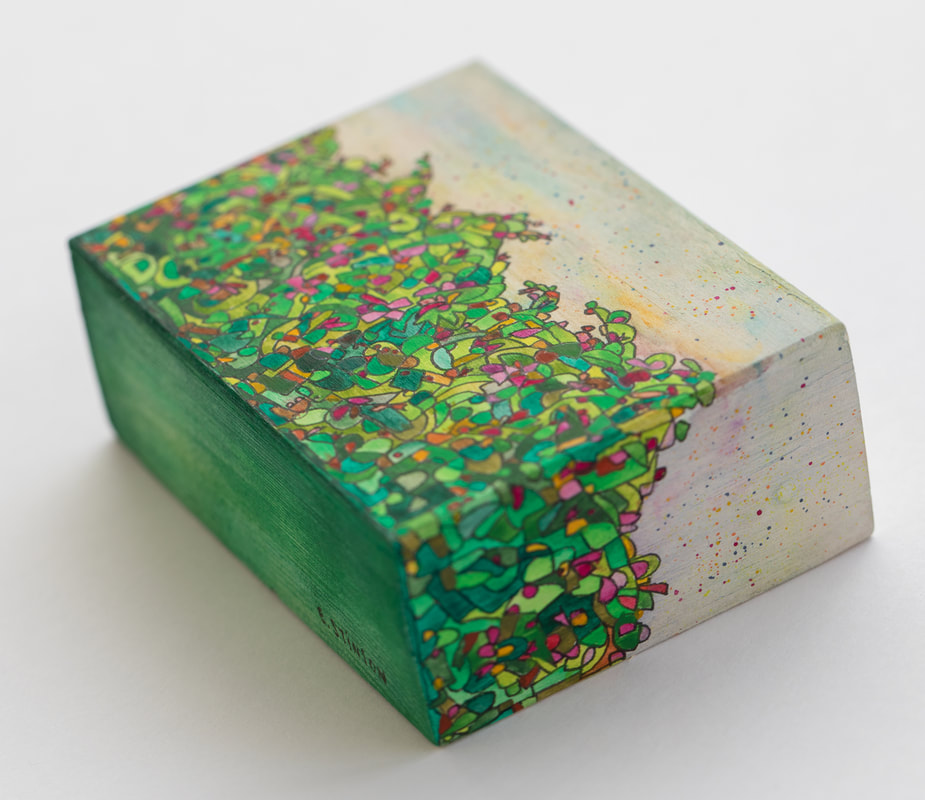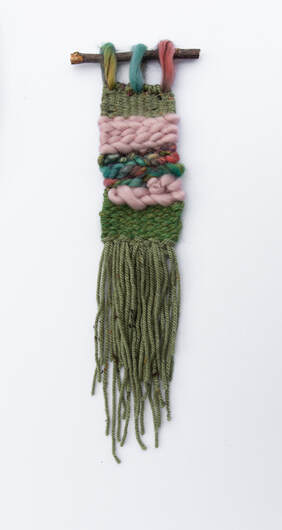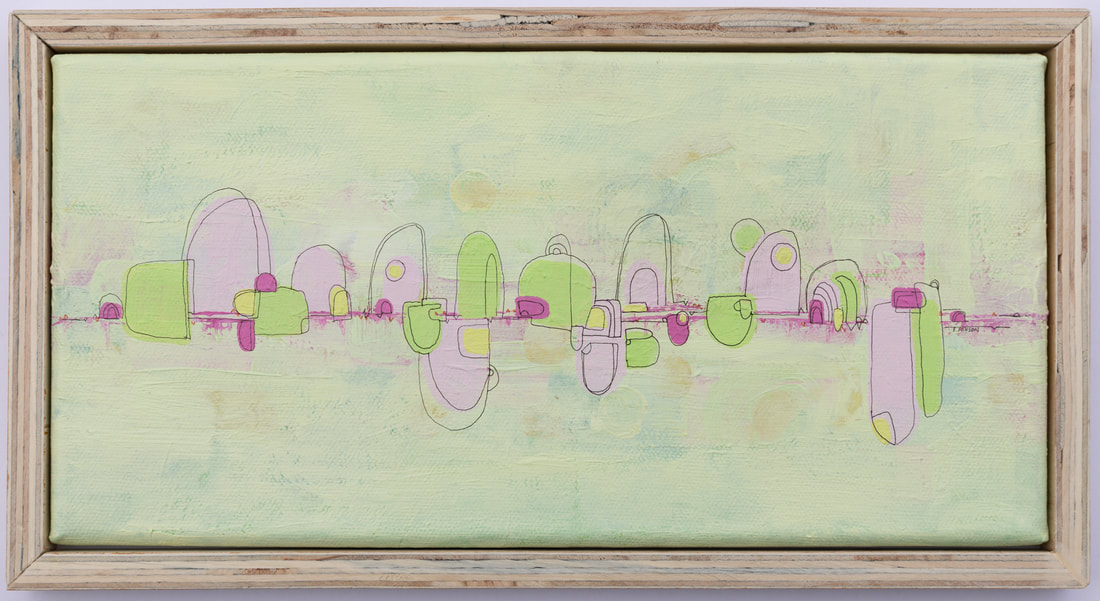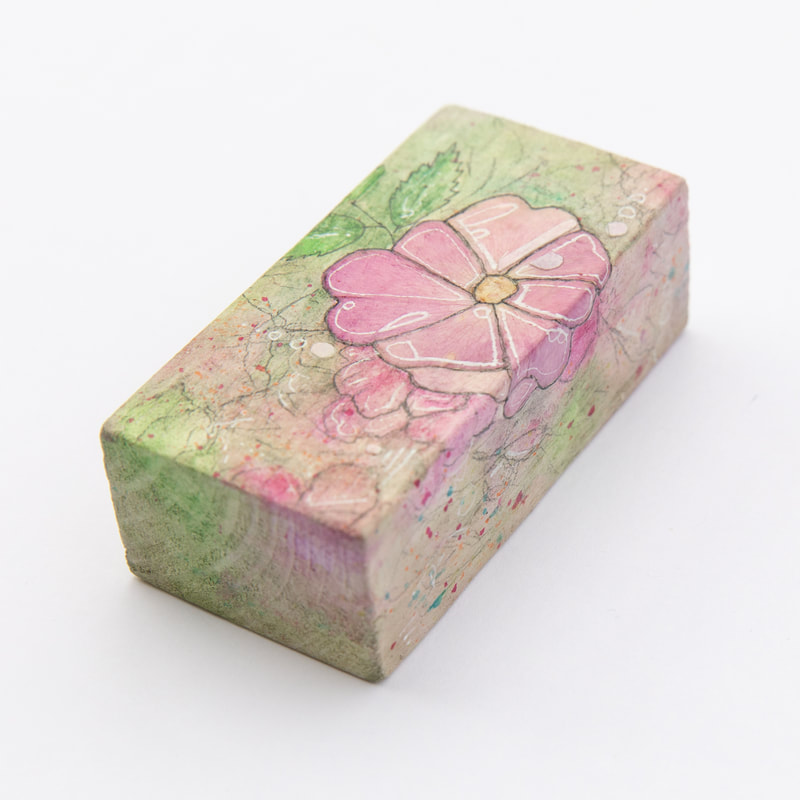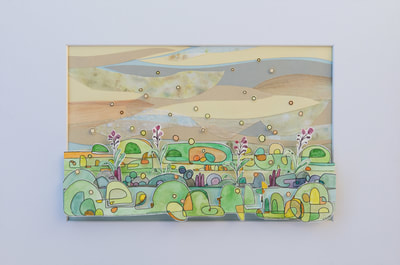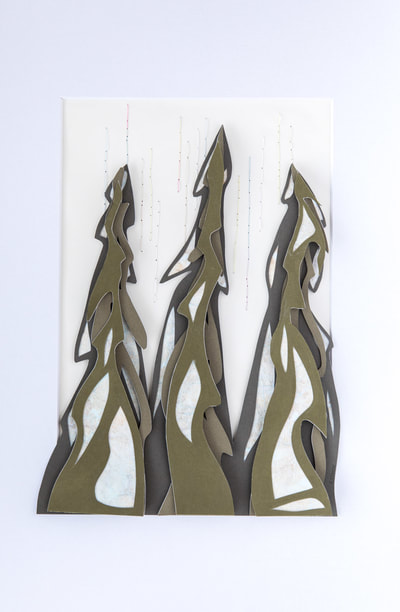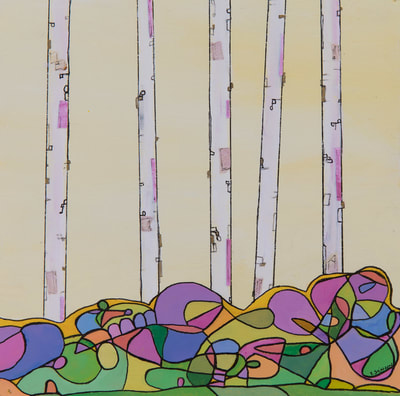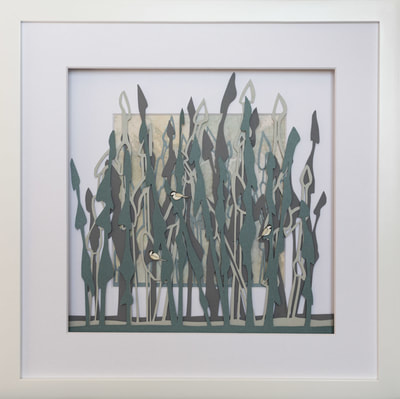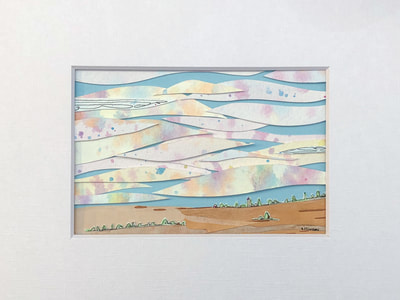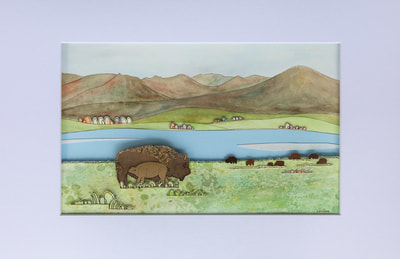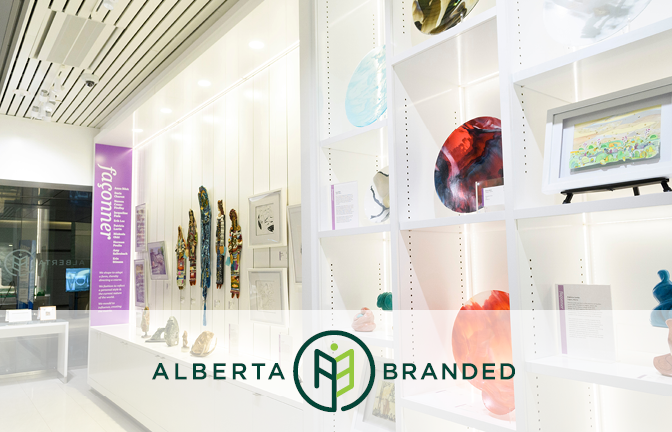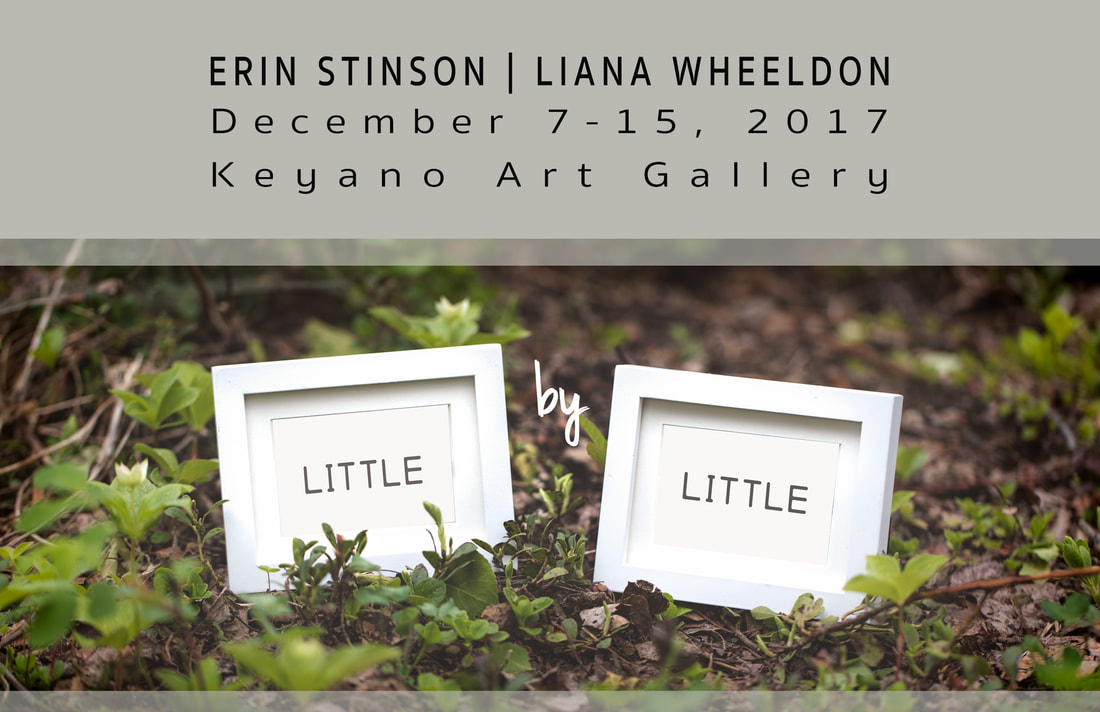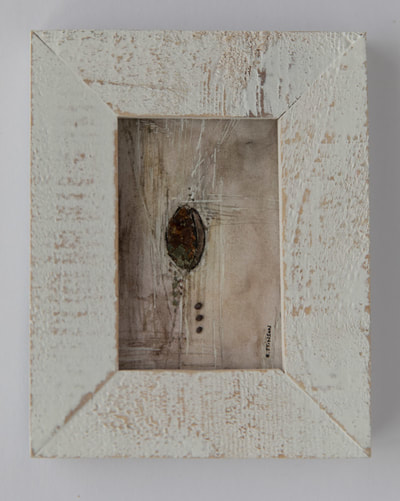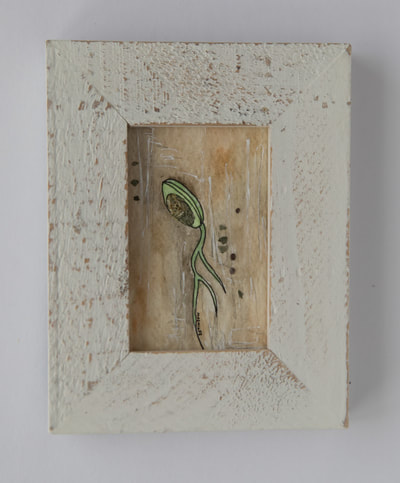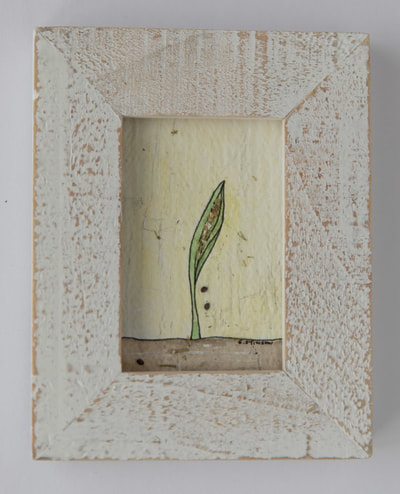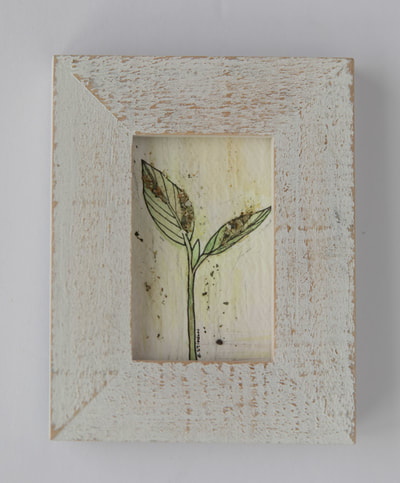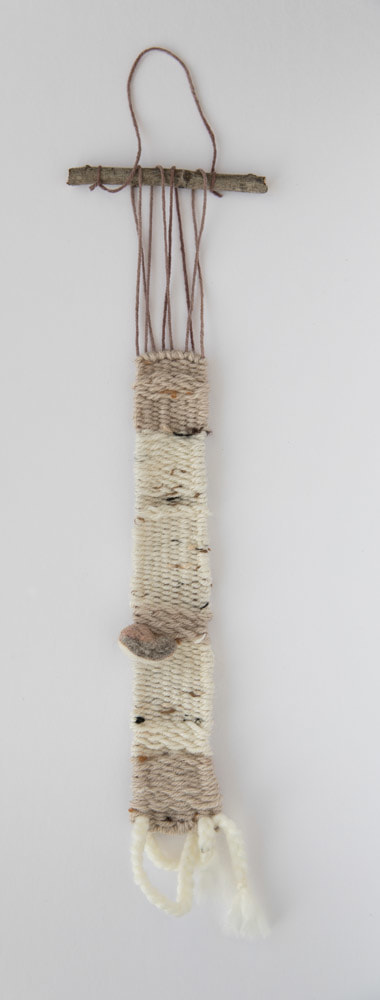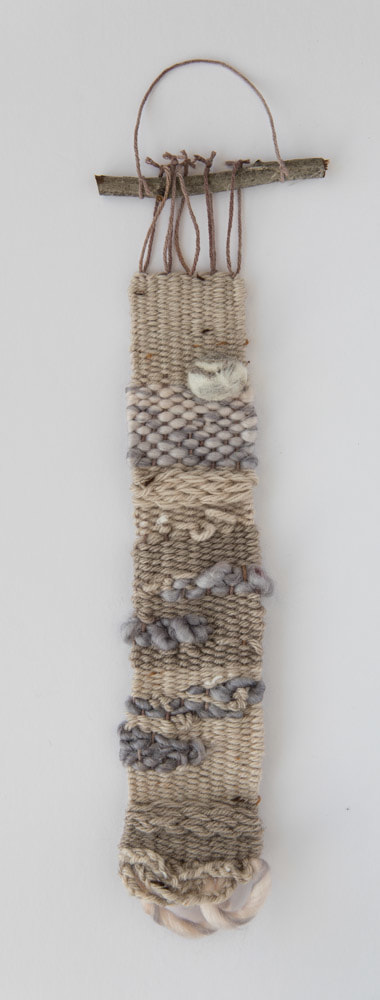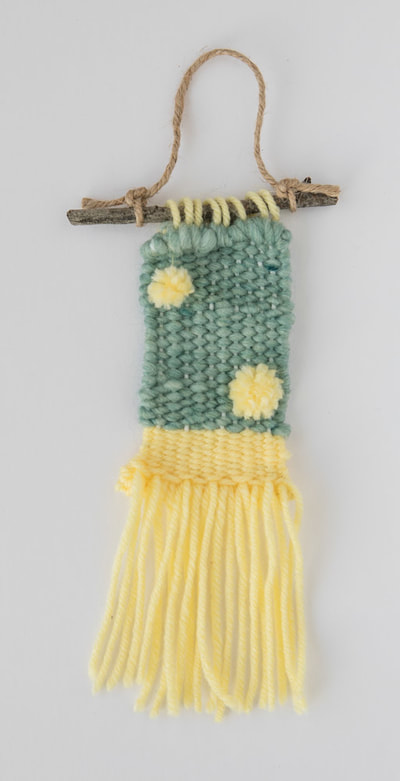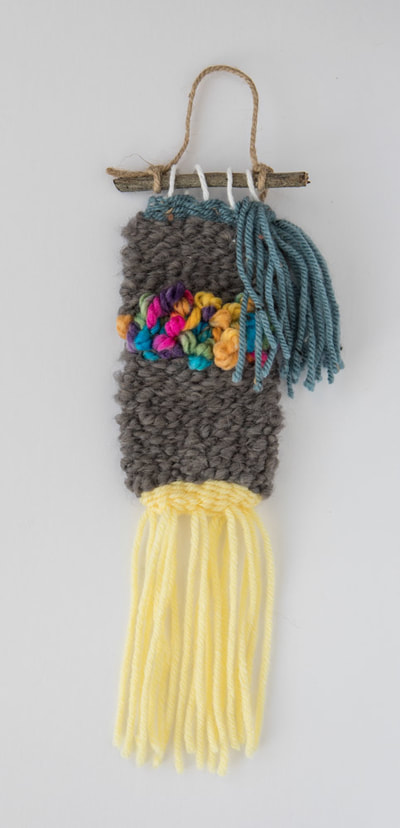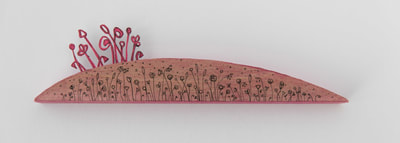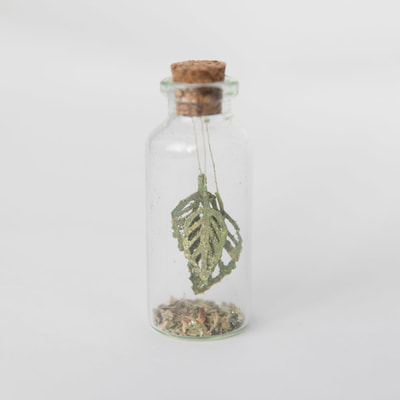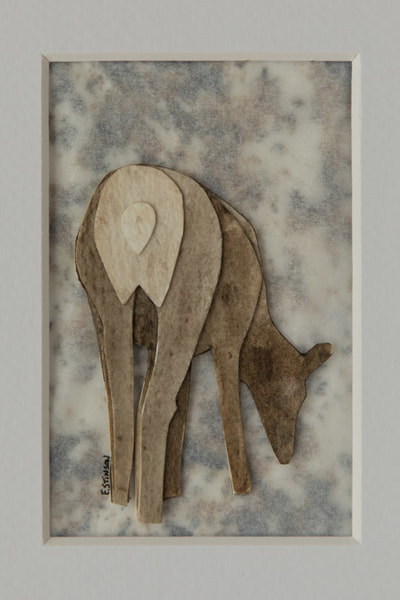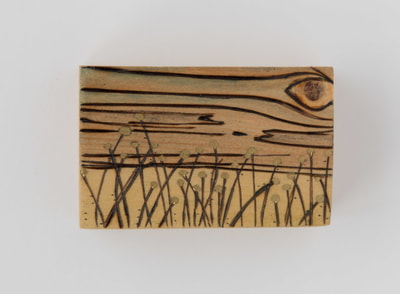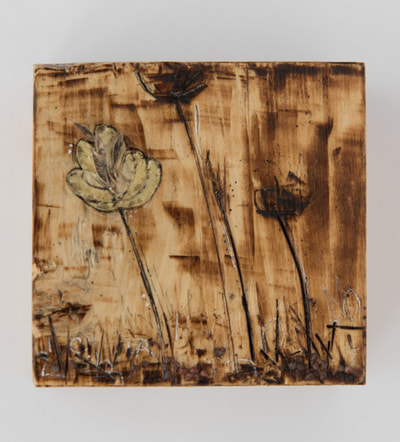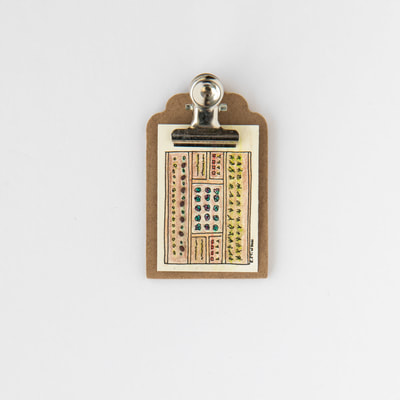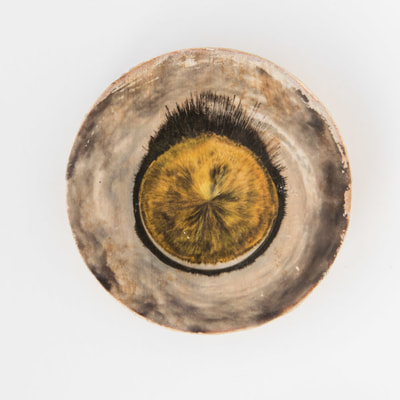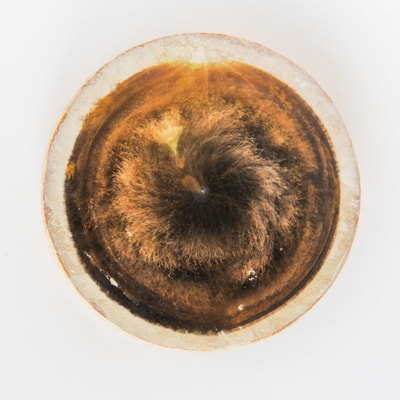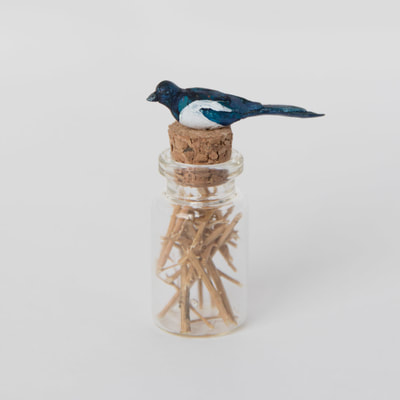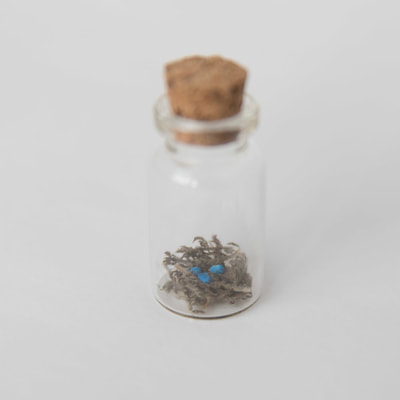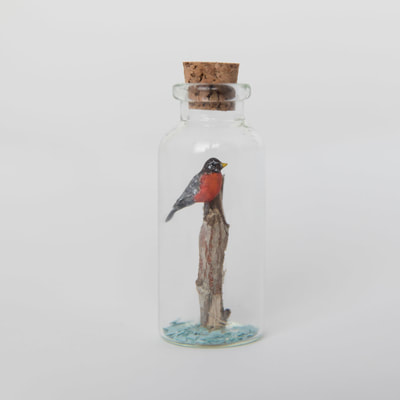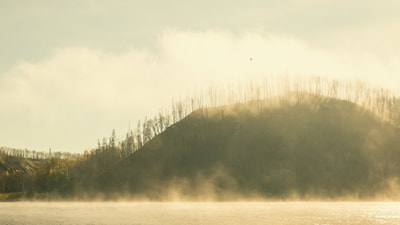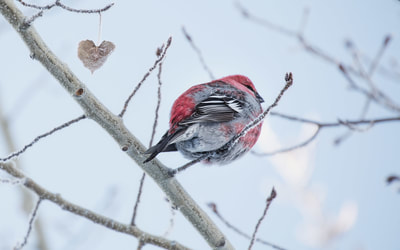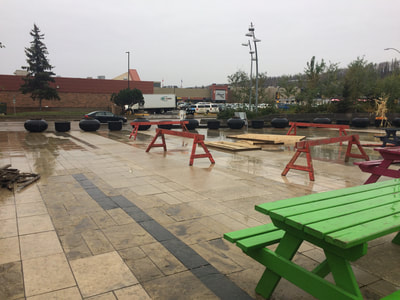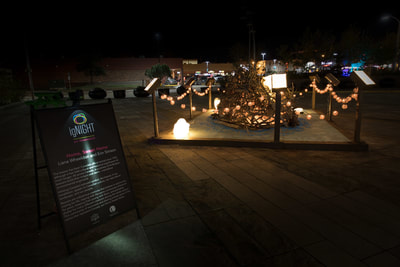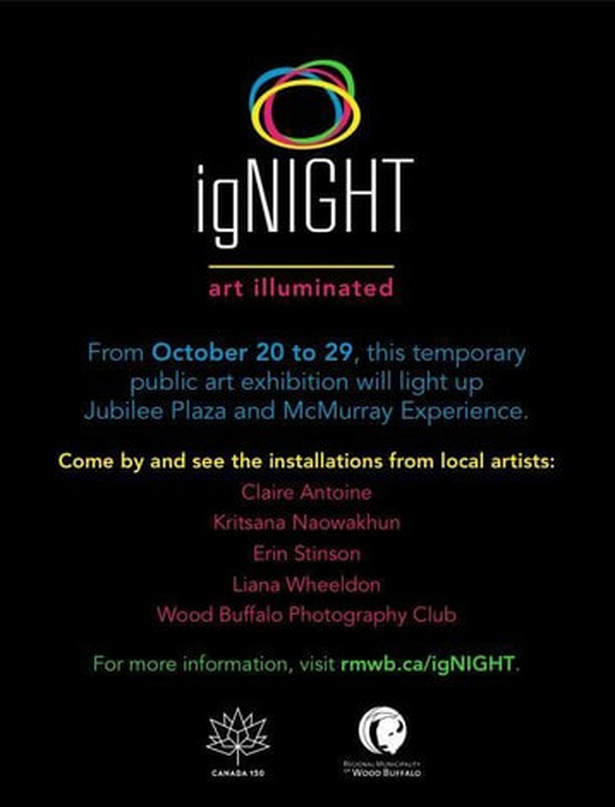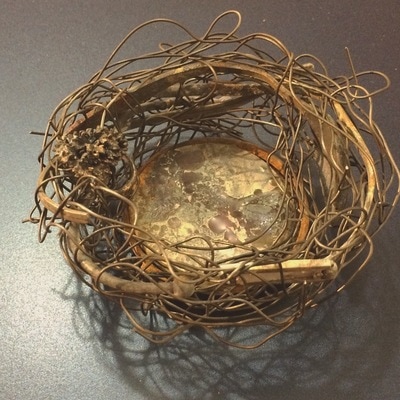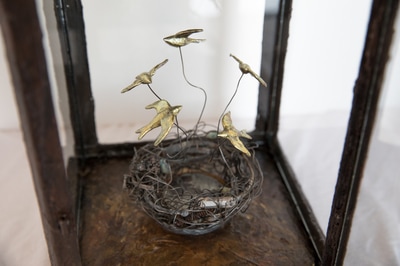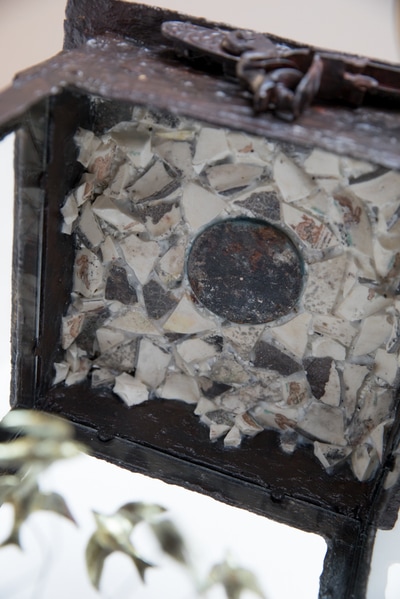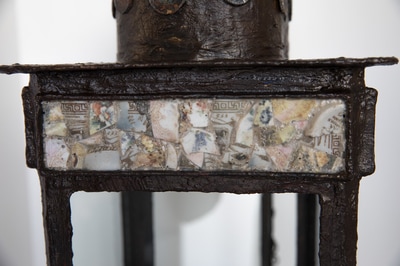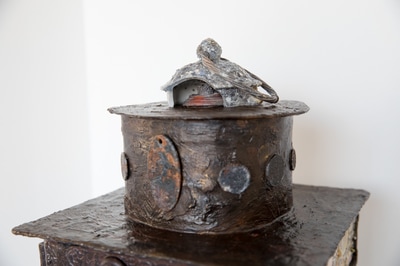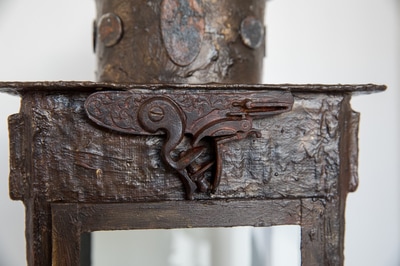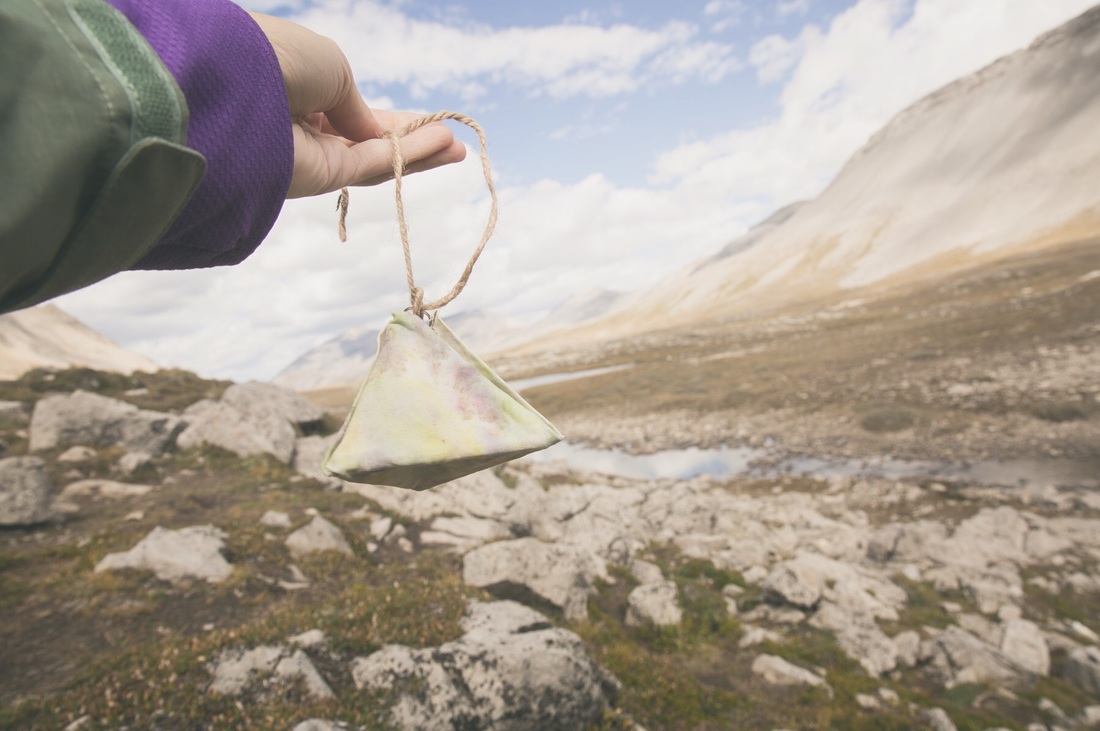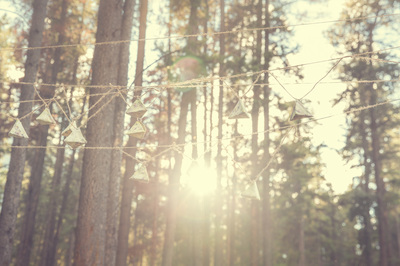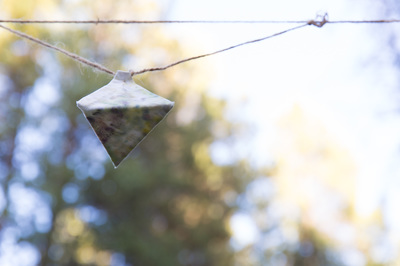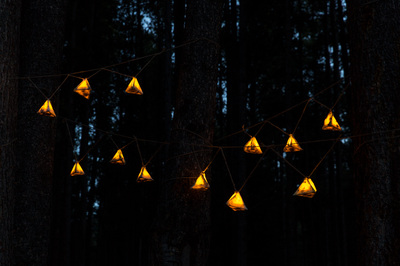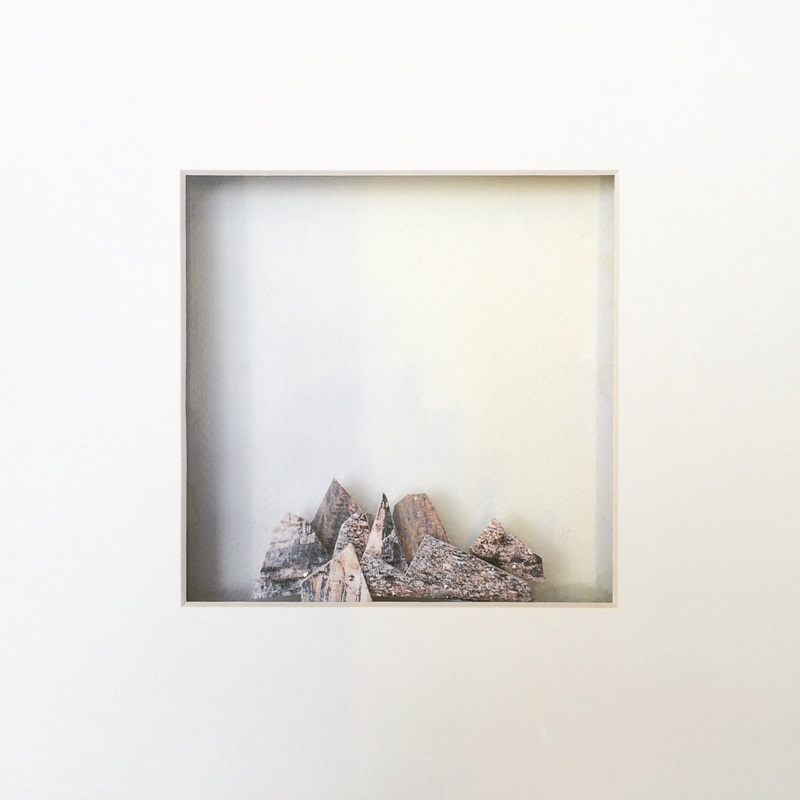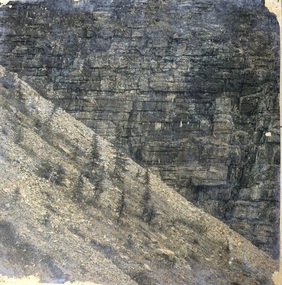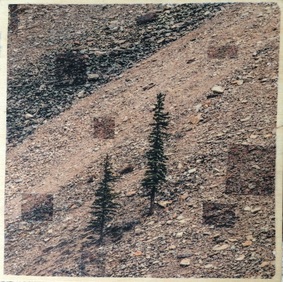|
The Common Flame Project is a multi-artist conversation through the Bleeding Heart Art Space on the light and warmth we see in others during such times of division and polarization. From January through June 2022, one artist per month would address this theme as well as the prior artist’s work through their creative process. For me, I kept returning to the image of a bonfire - a place to gather, to share stories and huddle together to find warmth. But there were so many questions that arose for me too: what happens when you don’t feel safe there? What is the narrative we are protecting? Does our desire for unity require us to stay there? As I wrestled with my own heartache, attempting to reconcile the division I was experiencing in my own circles and witnessing across the world, I longed for a different kind of flame in a safer space. I chose a mixed media sculpture to explore all of this, using common, everyday, ordinary materials: paper, thread, wire, glue, acrylic paint. Miniature string can telephones served as the base of the fire - a foundation of truth and connection. What if we first surrendered our voice to the flames, humbly committed to the purification of the stories we would both tell and bear witness to? Only the truth would survive. The lines would have to be pulled taut as we pulled them from the flames - no obstructions, no distortion. The fire may illuminate that which is uncomfortable, inconvenient and regrettable yet we need not fear it. For these feather “flames” do not consume or destroy, they provide warmth another way. Here we validate and affirm what connects us and learn what continues to divide us. Then we can get to the work of lamenting and grieving and repairing.
I’m convinced we can build a better fire, our voices of truth fuelling the flames. These are the stories of our dignity and flawed humanity - of our sacred interconnectedness: our common flame. Creating custom artwork is the highlight of my artistic practice. Being invited into the lives and stories of others cultivates a kinship and connection that feels divinely serendipitous. To be entrusted with their offering and turn it into a physical work of art is an absolute honour - one that I treasure deeply. When Alexandra reached out to me with the shattered remains of a decorative plate (one that had been beautifully painted with her own hands many years ago), I knew that this was going to be a special project. She shared the history of the plate and all the many layers contained within these broken pieces of pottery. They symbolized so much and Alexandra felt it was time to take them out of the box they had been tucked away in so a new chapter could be written. What a privilege to be part of the story. Forget your perfect offering 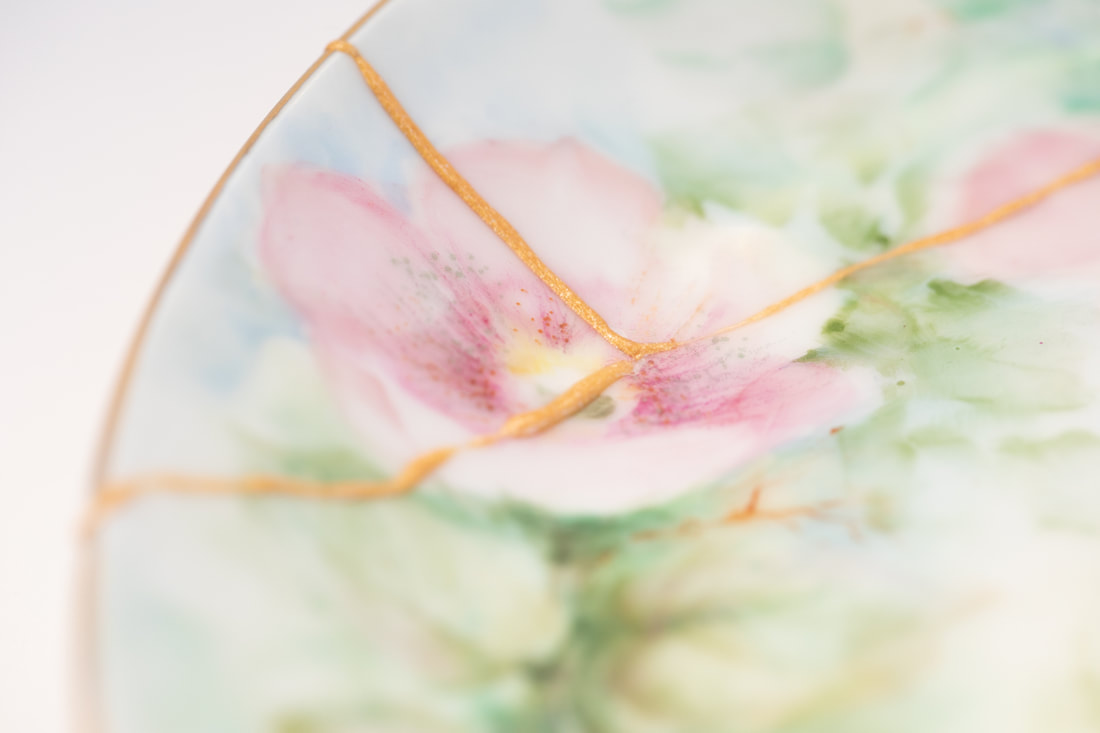 Alexandra shared a quote from Leonard Cohen's song, Anthem, and his words once again became a meaningful reminder of the beauty that can emerge from broken places. As I reviewed the notes of our conversation and began the process of preparing the design concept, I was reminded of Kintsugi, the Japanese art of repairing pottery. Kintsugi is a technique that uses gold and resin to join together broken pieces of pottery - the value of the vessel believed to be more valuable for having been broken and damaged. This fits hand in hand with the Japanese aesthetic philosophy, Wabi Sabi, acknowledging the beauty found in the imperfect, incomplete and impermanent. This project became a representation of all three. Imperfection: Using a variation on Kintsugi techniques, the plate was restored to its original shape leaving seams with visible variances. I applied variable pressure as I joined each piece, allowing the golden resin to ooze from the cracks, representing the tension of imperfection in our lives and our reluctancy to accept the possibility of its beauty. Incompleteness: There were pieces missing from the plate that left larger gaps to be filled. Rather than filling those gaps with gold, I wanted to leave room for something new to emerge from that space. To represent that life and growth, needle felting and embroidery were used to create moss. Lichen was harvested from the surrounding boreal forest and preserved before incorporating it into the design. Impermanence: The sculpted elements of this work highlight various stages of the wild rose's life cycle. Flowing from the rose in full bloom, hand painted on the original plate by Alexandra, a singular branch emerges. The branch follows the life cycle through the end of Autumn, showcasing parts that may often be overlooked or unappreciated. The thorns have been carefully removed from a living wild rose bush and painted gold before being secured to the sculpted branch. This work holds space for the tension that exists in acknowledging and accepting beauty where we are usually reluctant or unwilling. It does not ignore or gloss over the grief, loss, or heartache - it is all still there, a part of our story. In the midst of it all is an invitation to see beauty among all the cracks, shattered parts and missing pieces that we collect along our own cycle of life. Might we be able to lean into all that has been broken and allow something new to emerge?
Wild Rose 5: Fragrance Acrylic & Ink on Canvas 6" x 12" (x 0.75") untreated wood, exposed layers float frame, hanging wire What colours would represent the sweet fragrance of the Wild Rose? How could I transfer my experience in the trails to a two dimensional form? This piece is my answer to these questions, painting layer upon layer until only the colours and shapes deemed most necessary remained. $180 Purchase Contact Form
The Alberta Legislative Assembly Office operates a beautiful retail store called Alberta Branded. Each year they have a juried showcase around a specific theme and I have the honour of being one of ten Albertan artists who will create new works for this year's exhibition. The theme is Façonner, which means to shape, fashion or mould. New works will be created all year long and I'm eager to continue to explore the theme, allowing it to unfold and adapt over these next months. I'm also quite intrigued to see the works of the other artists and how they have approached the theme from their own medium and point of view! Façonner: We shape to adapt a form, thereby directing a course. We fashion to reflect personal style and the current nature of the world. We mould to influence, creating a matrix. - Alberta Branded The artwork I have created (and will continue to create this year) for Façonner is rooted in natural elements. Each piece is formed in response to the unfolding story I see revealed to us through Creation. Extracting basic lines and shapes from the intricate natural world, I explore an elemental approach to my experiences. Observing light, colours, shapes and lines, the subjects are deconstructed then fashioned into layered mixed media artworks. Natural materials (like birch bark and wildflowers collected to dye fabric and paper) are incorporated into each piece along with conventional materials (like acrylic, watercolour, paper and clay). The process of gathering and preparing materials allows me to infuse more of what I encounter into each work.
My story reflects the observations and reflections within the beauty of the Province of Alberta, including our five National Parks and my home in the Northern boreal forest. As I continue to witness the unfolding story around me, I am left with a peaceful clarity that has shaped my life. Reflecting these experiences and this clarity are integral parts of these works. Before Beaverville, Liana and I had planned on collaborating for a dual exhibition filled with mixed media works on a smaller scale. Giving each other creative freedom we decided that we would focus on the natural surroundings of the boreal forest where we live, create small mixed media pieces and the rest was up to our own creative process and interpretation. We created our works individually, only allowing ourselves to bring the works together for the final exhibition. I found myself drawn to the challenge of creating things on a miniature scale, exploring a variety of techniques and finding new ways to use natural and recycled materials. Here are the works I created along with my personal interpretation of Little by Little: Maybe it's the little things that matter most...
Perhaps we get so caught up in the big picture we lose sight of the purpose in each day - in each stage - of life. And what if, like the boreal forest around us, we too are meant to live in seasons? Is it possible that the smaller steps (even when they feel like steps backward) are part of our growth too? This collection of 'little' pieces (using gathered and recycled natural elements) are reflections on the natural world in its seasonal acts of obedience. I may desire summer with the fullness of green and its long, warm days, but each period of growth has a beautiful purpose that leads into the next. The slowness of the cycle of life, from winter dormancy to fall harvest, is an integral piece of our story. I have the great privilege of having been chosen, along with 5 other Fort McMurray artists, to represent our region in the Art Gallery of Alberta's Travelling Exhibition program. Our exhibition has been called Beyond 'the Patch': Stories From Wood Buffalo. The submission process took place before the wildfire of May 2016 and we were notified of our successful applications during the evacuation. I was already excited to be able to share the natural beauty of the Wood Buffalo I know and love but the works we would create had even more significance in our post-fire reality. What an honour to showcase the beauty and heart of our region with this exhibition. Our artwork is travelling around the province for the next year, acting as ambassadors to tell a more accurate and balanced story of Wood Buffalo. My home is special and unique - and we do a lot of things differently. Our oil industry is the oil sands (not 'the patch') and that land is reclaimed over time. We are resilient, generous and community minded. Our multi-cultural diversity is celebrated, with people who are born and raised here and others who have travelled from all around the province, country, and world to be here. This is a place of great opportunity with the ability to take risks and experience growth. And our beauty- that’s undeniable - we can take a walk through Birchwood Trails, a drive up the winter road to Fort Chipewyan, go kayaking on Gregoire Lake, or spend a night star gazing with the aurora dancing overhead. It's amazing. The whole, balanced story of beauty and stillness, hope and opportunity, vibrancy and diversity - has, by and large, been neglected by the media. But, our collective works will give you another look because our Wood Buffalo exudes all of these characteristics and more. And hopefully, as these paintings, drawings and photographs travel, others will learn how special we are too. Wood Buffalo most certainly has life and soul in and ‘beyond the patch’. The following photographs were my contribution to the exhibition. In the months after we returned home after the wildfire evacuation, the boreal forest was undergoing a remarkable and stunning recovery. It served to many of us a symbol of resilience and rebirth. Resilience: Morning on the Athabasca Watching the mist lifting off the Athabasca River on this cool autumn morning was a soul-stirring experience. I desired to capture the light and hope of this moment, with the gull soaring high over a changed landscape. Resilience: Juvenile Bald Eagle In the fall of 2016 this lovely Juvenile Bald Eagle made his presence known in a section of completely burnt out forest. It was an area my husband and I had explored plenty of times and when the forest was thick with conifers we wondered how much wildlife was watching us while we were completely unaware! With the branches bare we were grateful for the opportunity to enjoy this young eagle's company and overjoyed to see signs of wildlife returning. Resilience: Pine Grosbeak This image, of a puffed up Pine Grosbeak and a perfect heart shaped leaf was made on a very cold December day. So cold, in fact, that we had an extreme cold weather warning. The beauty in every season must be found if one is to thrive in a Northern winter. Resilience: Fireweed Living up to its namesake, the Fireweed was more plentiful and vibrant the summer after the wildfire than I had ever seen. Even though the forest floor was completely charred and black, within days of the fire, new shoots were springing through the ash and soot. We had never seen such vibrant greens. By the end of the summer entire fields of Fireweed, up to 5 feet tall, were emerging all around us.
This summer, an open call for igNIGHT was posted by the Regional Municipality of Wood Buffalo. igNIGHT is a 10 day temporary public art exhibition of illuminated artworks with this year's theme of Canada 150. I love art installations and find myself dreaming up all sorts of wild ideas - but with no place to install them (or a lack of a budget to make it happen in the first place.) So, I was excited to see a local opportunity and began to dream and ask questions and research and budget. My friend and colleague, Liana Wheeldon came alongside me in the journey and we were thrilled to bring this idea to life. Wanting an accessible and playful way to approach the Canada 150 theme, we created a 5' x 8' beaver lodge, complete with illuminated beaver lanterns. The entire structure was surrounded by 8 interpretive panels with all sorts of fun and crazy beaver facts and lovely sketches created by Liana. We amalgamated our skill sets and got to work! Home, Sweet Home (or my nickname for it: Beaverville) was the culmination of construction, sculpture and assemblage I love the finishing touches of the wicker patio lights - those beavers are good decorators! I took on the construction elements, using 2x2's to organically create the beaver lodge frame. I loved the minimalism of the frame just as it was and will have to revisit this process for another project. The lodge is constructed in 3 sections so that we could transport it separately and have access inside for the lighting elements. Thankfully, we had the gracious support of friends who offered up their garage and driveway so we could continue the process in a sheltered location. We gathered fallen branches from the surrounding forest and selected the best ones to cover the frame - systematically pre-drilling and attaching them, creating a bit of a puzzle as it all came together. The inside was covered with outdoor fabric to ensure that we had the light diffused enough to allow the lodge to glow at night. Each of us created our own beaver lanterns, starting with moulds we made of plastic, cardboard, tape and newspaper. The moulds were then covered with vellum and rice paper using a papier mache technique. I lovingly named mine Buckeye and Bernadette (and Beavis for the tail sticking out of the water). ;) Lights were installed inside each beaver and they were attached to both the lodge and the frame. A lighting dress rehearsal took place late one night to ensure that everything had power and all the cords had their place in the crazy maze underneath. Planning, executing, tweaking, planning some more, tweaking some more... all a part of the day to day work to make all the details work together. Countless hours were spent at each stage and I can certainly attest to having learned a great deal through it all. Creating a design and proposal on paper naturally leads to some oversights in details and the troubleshooting became an integral part of the artistic process. Taking the bones of the proposal and bringing it to 3-dimensional life meant that we were constantly experimenting and refining elements of the design, making the project stronger as we progressed. There were many challenges (including having to install in the pouring rain and frigid temperatures) and the timeframe was intense but we completed our project! We were over the moon to share our blood, sweat and tears with the community and even more thrilled to watch how people interacted with our beaver friends. One of my favourite elements was the use of nature sounds so, in the dark, you were transported from the middle of the city to the peaceful beaver world filled with creaking toads and quacking ducks and even the sound of the beavers splashing in the water. The temporal nature of our project also pointed to the ever-changing natural environment around us and the importance of the process. "The birds they sang at the break of day Start again I heard them say Don't dwell on what has passed away or what is yet to be. Ring the bells that still can ring Forget your perfect offering There is a crack in everything That's how the light gets in. You can add up the parts but you won't have the sum You can strike up the march, there is no drum Every heart, every heart to love will come but like a refugee." Leonard Cohen "Anthem" (excerpts) I've spent the last months working on a special commission for the Scarlett family. Constance and I met for lunch one day last summer as we savoured being back in the city and oozed with gratitude for a million little things. Between bites of sandwich we talked about loss, heartache, hope, faith and healing. Her family had lost their home to the Horse River wildfire and I was being invited to create an artwork for them, using the precious few items that had been recovered. We were united in the desire to find beauty among the ashes. I wanted to know what had been on her and her husband's heart and mind throughout the evacuation - if there were any quotes or recurring thoughts that resonated with them in everything they had been through. That's where "Anthem" by Leonard Cohen came in. And then, as she shared with me the broken and charred pieces, each having it's own story to tell, I found my imagination running wild with how they could tell a new story that rang louder of renewal than tragedy. The first piece I began to work on was the nest. Each length of uncoated wire creating a growing foundation, representing the fragility and temporary nature of "home". Knitted into the wires was one half of a silver compact mirror given to Constance by her brothers, her Mom's baby spoon that had been given to her daughter, her baby bracelet, a coin, a ring, two more bracelets and the spring from her husband's firearm. I thought of how birds carefully select each piece, finding the best place to intertwine what they bring home to create a place of shelter and safety. The birds, sculpted and finished in layers of black leaf became symbols of faith, hope and the courage to leave the nest to start anew. The birds represent their family unit, all having been refined through their experiences. The next piece to be completed was the lantern. A pre-existing frame was deconstructed, stripped and re-fabricated with many custom adaptations made. Layers of plaster and paint were built up to ensure that this lantern had been through the journey too. The desire to create a lamp/lantern was the first image that came to mind in this project, representing the light required to lead them out of the darkness. It was a symbol of hope and faith, of God's faithfulness, knowing that their experiences and circumstances all work together to tell a bigger story. It was the longing for direction in how to move forward in healing. The lantern also sparked the name for the piece: Lead Us Home. Four mosaic sections were assembled, with the first positioned on the inside ceiling of the lantern. This section was created with her daughter's baby Bunnykins bowl as well as the other half of the silver compact mirror. I thought of the resiliency of her young daughter and the joy that she brings to their family - I thought of how hope rises and leads to healing. The other three mosaics, placed along the outer sides, were assembled from two beautiful dishes: a Greek coffee cup given to Constance by her Yiayia (Grandmother) and a tea cup saucer from her Baba (her Ukrainian Grandmother). The ornamental top of the lantern was part of a teapot, one that had been given to Constance by her Yiayia as a Grad school graduation gift. The handle is a bracelet and tucked inside is a tiny teacup bottom and a ring, both gifts from her Baba. A plaque from her daughter's baby spoon, as well as a number of coins adorned the next section. A beautiful lock from her husband's firearm became a feature on the front and inspired the colour of the lantern. Once the nest and birds were laid inside, the final element was a key from her Yiayia's house in New York. The individual pieces each came with its own memory of who it belonged to, who had given it, how it had been used and where it had its place in their home. And now they come together to remind the Scarlett family what they've been through but that all is not lost. The gathered pieces are proof of their resilience and that faith is stronger than despair on the long road of healing. Thank you Constance, Mike and Kassia for giving me the honour and privilege of creating this work for you. "Our sorrows are all, like ourselves, mortal. There are no immortal sorrows for immortal souls. They come, but blessed be God, they also go. Like birds of the air, they fly over our heads. But they cannot make their abode in our souls. We suffer today, but we shall rejoice tomorrow.” Charles Spurgeon
I absolutely adore installation art. Walking into a space where the entire room is a work unto itself is so captivating to me. Environmental art is an installation that becomes part of an outdoor environment and I was really excited to create within this realm. Working with Alma Louise Visscher, who is currently working within installation art, has been an invaluable opportunity. She was generous to share so much of her own process with all of us, holding workshops to show us how she uses fabric and working with us one on one as well. Many of us were inspired to take what we learned and the fabric we dyed into our own practice. For me, the process of naturally dying fabric fit perfectly within the body of work that I already had in progress. The bundle dying technique began with the gathering of found wildflowers, which became a bit of an experiment to see how different colours, textures, parts of the plant, and plant species, responded to the dying process. I have been particularly enamoured with the vibrancy of the clover in our region this summer so I knew I wanted to grab big bundles of these purple and blue flowers. I also added dried lavender, rose and hibiscus petals that created a more defined texture. After arranging the flowers on prepared fabric, it was tightly bundled and steamed. Unrolling the piping hot bundle was an exciting part of the process - we could finally see how our "experiment" turned out! And after it was dry and all the fragments shaken off, our fabric became the new "canvas" for our creations. Some used it just like a canvas, painting over it, others used it as clothing, and another artist framed it as is. Mine was used to create another part of my mountain work, cut and shaped into pyramids - approaching the mountain range with yet another point of view and fragmentation. These little mountains were completed and installed in Jasper National Park, bringing my Fort McMurray studio journey full circle into the Rockies themselves. I even strapped one of them to my backpack as I hiked up Wilcox Pass. Being drawn to natural elements and processes, I loved having this beautiful fabric to create the fragile pyramids. The next step was to install the work among the trees, with the goal of recording how the created work interacted with and related to it's natural surroundings - especially concerning a variety of light conditions. Serendipitously, the trees in our campsite were perfectly spaced for me to create my environmental installation within the comfort and safety of our own space. Strewn from rough twine, they were hung among the trees, and LED tea lights were carefully placed inside for me to document the warm evening light changing to darkness. I found the transparency and colour of the fabric allowed the work to change, blend and compliment its surroundings - it felt as if they were meant to be there! Creating my own installation sparked a desire to continue to push my creative limits in so many ways. The entire residency was a creative retreat in the midst of a time of transition - a welcome time of refinement and exploration. It was a blessing to be able to glean from our two mentors, and to dive into these six weeks in the studio with them. I was stretched and rejuvenated and oh, so grateful to have had this experience. “We have to continually be jumping off cliffs and developing our wings on the way down.” ― Kurt Vonnegut The fifth piece in the processing series is a diorama created with pieces of mountain photographs I have taken in the Rockies, transferred to foam core and arranged in a shadow box. I have had a million ideas percolating with the shadow box/diorama/photograph techniques and finally had the right venue to really start to work with it. Our mentor artist, Alma, showed me a new way to do photo transfers that proved to be much better for my purposes and I've been running with it ever since. I'm quite excited for some future project ideas! I just love how experimenting can spark a whole host of new ideas and options; which is one of the main reasons I do not stick to one medium or technique. There is such a freedom is mixing mediums and disciplines. In this piece, I utilized the photo transfer technique to fragment the mountain range even further, as well as the tea painting from the first two works of the series. I loved how the natural teas complimented the natural rock from my photographs... something that wouldn't have worked quite the same if I had used watercolour or gouache. Drawing from the first four projects, this one was yet another variation of the main theme - a similarity I can recognize from my musical background. Aren't the arts lovely, how they can weave together? And gleaning from both of our mentor artists, Alma Louise Visscher and Kritsana Naowahkun, who create in different ways and mediums, was an incredibly enriching experience. Being in an environment where we could watch them at work, as well as get real-time feedback and ask questions, made the entire process so organic. The room oozed with inspiration and I know this experience will continue to fuel my practice for quite some time! Before I ventured into the 3-dimensional diorama, I wanted to create 2-D studies to experiment with various materials and techniques, like layering or using colour. The possibilities are endless but revealing the image for the first time has to be the part that is the most fun! ;) Early next week I'll be sharing the last part of my residency work, an environmental installation that has sparked a whole new love for installation art. And if you're in Fort McMurray, don't forget to head down to MacDonald Island to see the entire group exhibition! |
|||||||||||||||||


